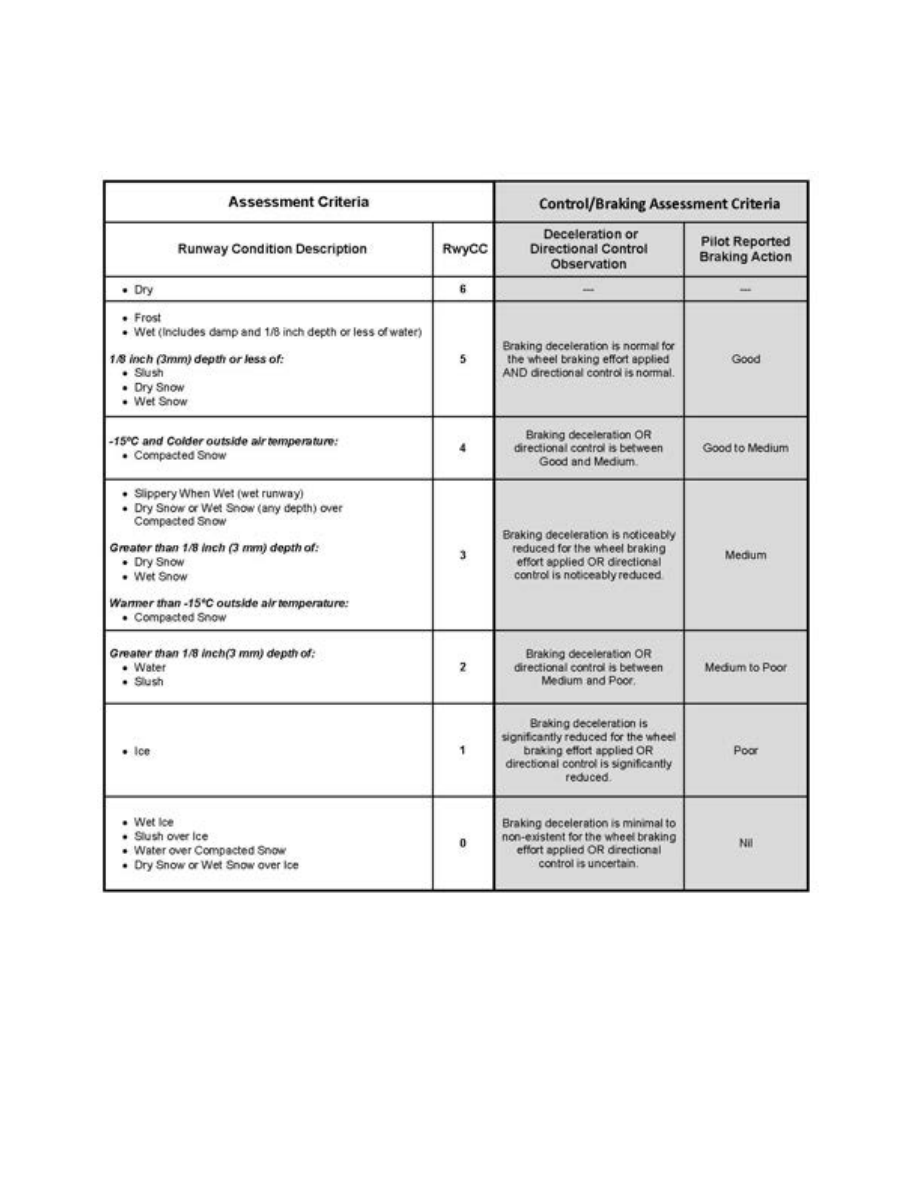
4/20/23
AIM
5. Transponder and ADS
−
B Operation Under Visual Flight Rules (VFR).
(a)
Unless otherwise instructed by an ATC facility, adjust transponder/ADS
−
B to reply on Mode 3/A
Code 1200 regardless of altitude.
(b)
When required to operate their transponder/ADS
−
B, pilots must always operate that equipment with
altitude reporting enabled unless otherwise instructed by ATC or unless the installed equipment has not been
tested and calibrated as required by 14 CFR Section 91.217. If deactivation is required, turn off altitude reporting.
(c)
When participating in a VFR standard formation flight that is not receiving ATC services, only the
lead aircraft should operate its transponder and ADS
−
B Out and squawk code 1203. Once established in
formation, all other aircraft should squawk standby and disable ADS
−
B transmissions.
NOTE
−
1.
If the formation flight is receiving ATC services, pilots can expect ATC to direct all non
−
lead aircraft to STOP Squawk,
and should not do so until instructed.
2.
Firefighting aircraft not in contact with ATC may squawk 1255 in lieu of 1200 while en route to, from, or within the
designated firefighting area(s).
3.
VFR aircraft flying authorized SAR missions for the USAF or USCG may be advised to squawk 1277 in lieu of 1200 while
en route to, from, or within the designated search area.
4.
VFR gliders should squawk 1202 in lieu of 1200.
REFERENCE
−
FAA Order JO 7110.66, National Beacon Code Allocation Plan (NBCAP).
6.
A pilot on an IFR flight who elects to cancel the IFR flight plan prior to reaching their destination, should
adjust the transponder/ADS
−
B according to VFR operations.
7.
If entering a U.S. OFFSHORE AIRSPACE AREA from outside the U.S., the pilot should advise on first
radio contact with a U.S. radar ATC facility that such equipment is available by adding “transponder” or
“ADS
−
B” (if equipped) to the aircraft identification.
8.
It should be noted by all users of ATC transponders and ADS
−
B Out systems that the surveillance
coverage they can expect is limited to “line of sight” with ground radar and ADS
−
B radio sites. Low altitude or
aircraft antenna shielding by the aircraft itself may result in reduced range or loss of aircraft contact. Though
ADS
−
B often provides superior reception at low altitudes, poor coverage from any surveillance system can be
improved by climbing to a higher altitude.
NOTE
−
Pilots should refer to AIM, paragraph 4
7, Automatic Dependent Surveillance
−
Broadcast (ADS
−
B) Services, for a
complete description of operating limitations and procedures.
b. Transponder/ADS
−
B Code Designation
1.
For ATC to utilize one of the 4096 discrete codes, a four
−
digit code designation will be used; for example,
code 2102 will be expressed as “TWO ONE ZERO TWO.”
NOTE
−
Circumstances may occasionally require ATC to assign a non
−
discrete code; i.e., a code ending in “00.”
REFERENCE
−
FAA Order JO 7110.66, National Beacon Code Allocation Plan (NBCAP).
c. Automatic Altitude Reporting
1.
Most transponders (Modes C and S) and all ADS
−
B Out systems are capable of automatic altitude
reporting. This system converts aircraft altitude in 100
−
foot increments to coded digital information that is
transmitted to the appropriate surveillance facility as well as to ADS
−
B In and TCAS systems.
2.
Adjust the transponder/ADS
−
B to reply on the Mode 3/A code specified by ATC and with altitude
reporting enabled, unless otherwise directed by ATC or unless the altitude reporting equipment has not been
tested and calibrated as required by 14 CFR Section 91.217. If deactivation is required by ATC, turn off the
Services Available to Pilots
4
−
1
−
19